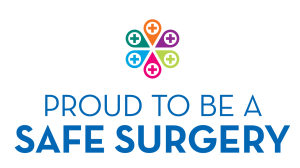Parkview Surgery
60 West Drayton Road, Hillingdon, Middlesex, UB8 3LA
Telephone: 020 8573 7674
Sorry, we're currently closed. Please call NHS 111 for a problem that cannot wait until we reopen.

Long Lane Patient Engagement Event Check out the Flu and Covid19 Vaccination Programme Improving Access In General Practice Weight Loss Drug Mounjaro Parkview Patient Newsletter NHS APP
Contact
Following a recent management review of how patients contact the practice, we have decided to streamline things in order to make contacting us more efficient. We ask that all requests for appointments, feedback, queries and comments are sent to us via PATCHS which is our new online consultation service. The practice will respond within 2 working days to your requests.
The practice telephone number is 020 8573 7674. From 8am – 9am we take calls for urgent appointments ONLY IF YOU ARE NOT ABLE TO USE PATCHS. We do not take requests for routine appointments or other enquiries at this time.
For test results please call after 2pm.
Opening Times
- Monday
08:00am to 06:30pm - Tuesday
08:00am to 06:30pm - Wednesday
08:00am to 06:30pm - Thursday
08:00am to 06:30pm - Friday
08:00am to 06:30pm - Saturday
CLOSED - Sunday
CLOSED







